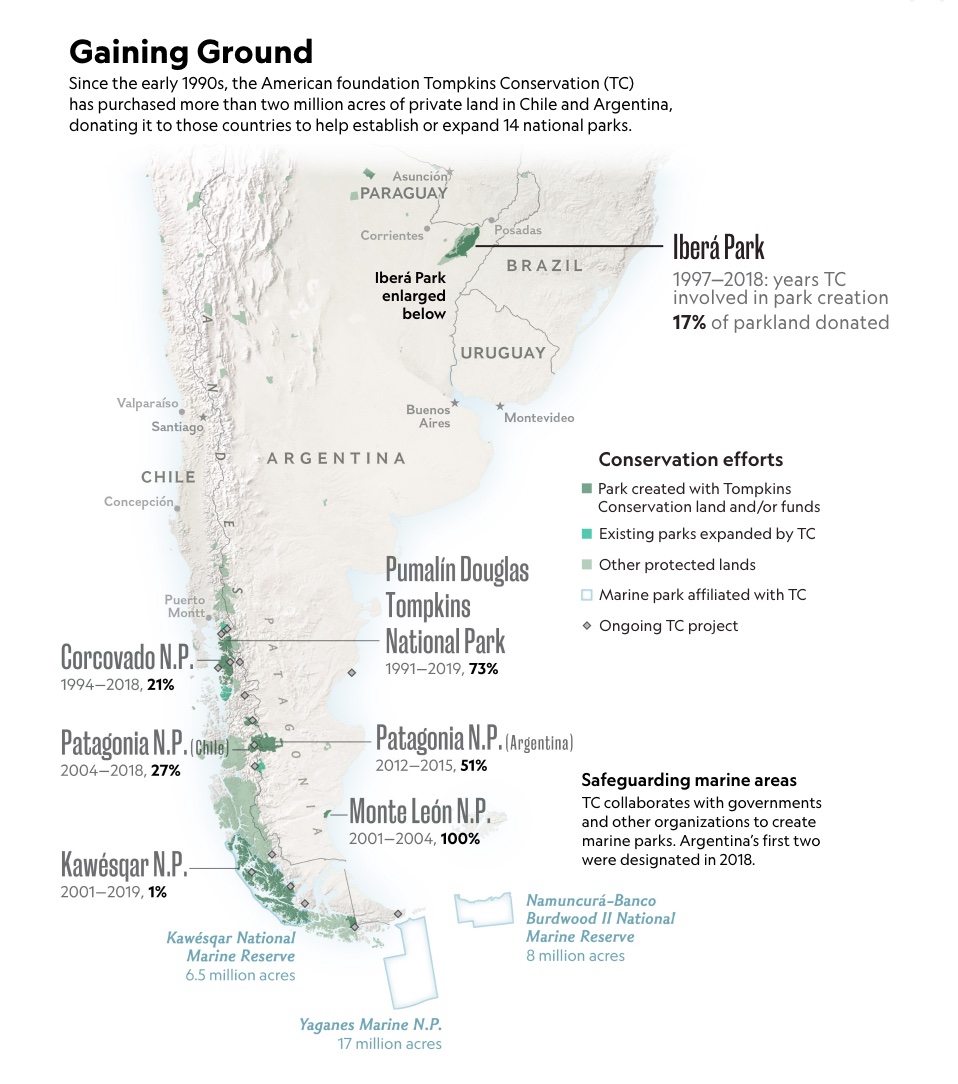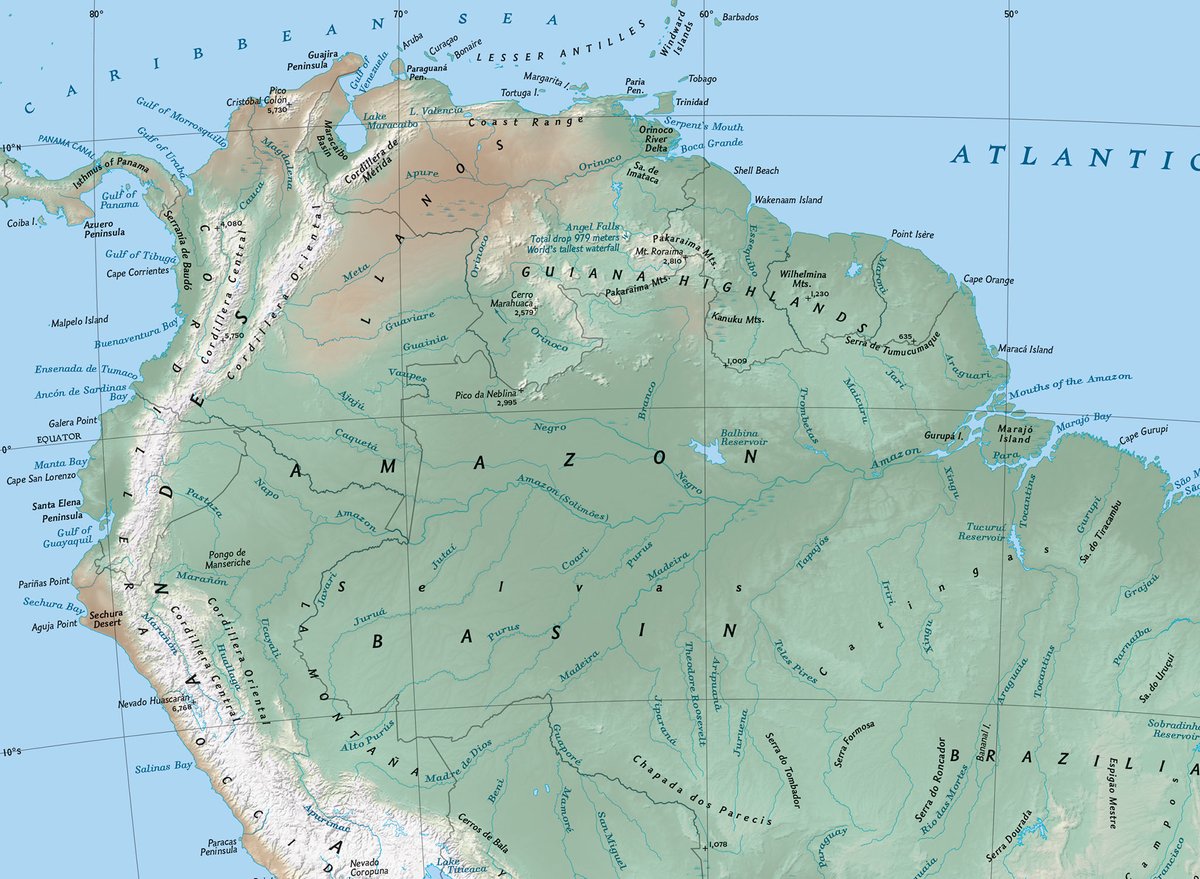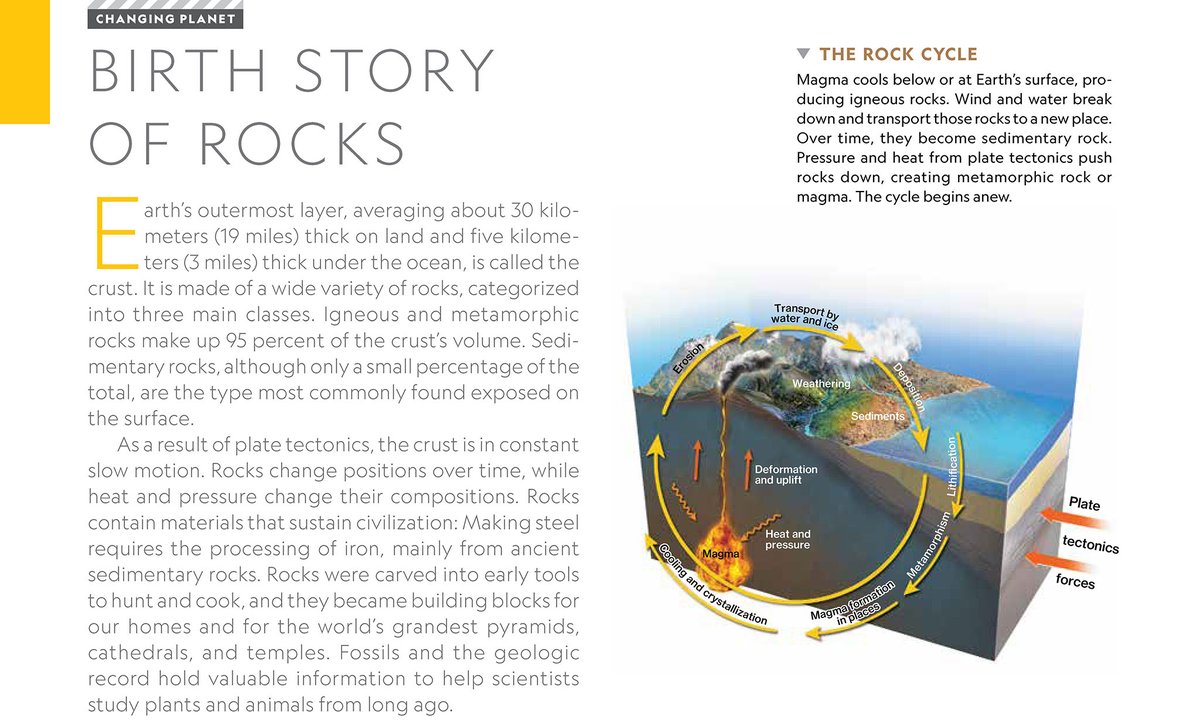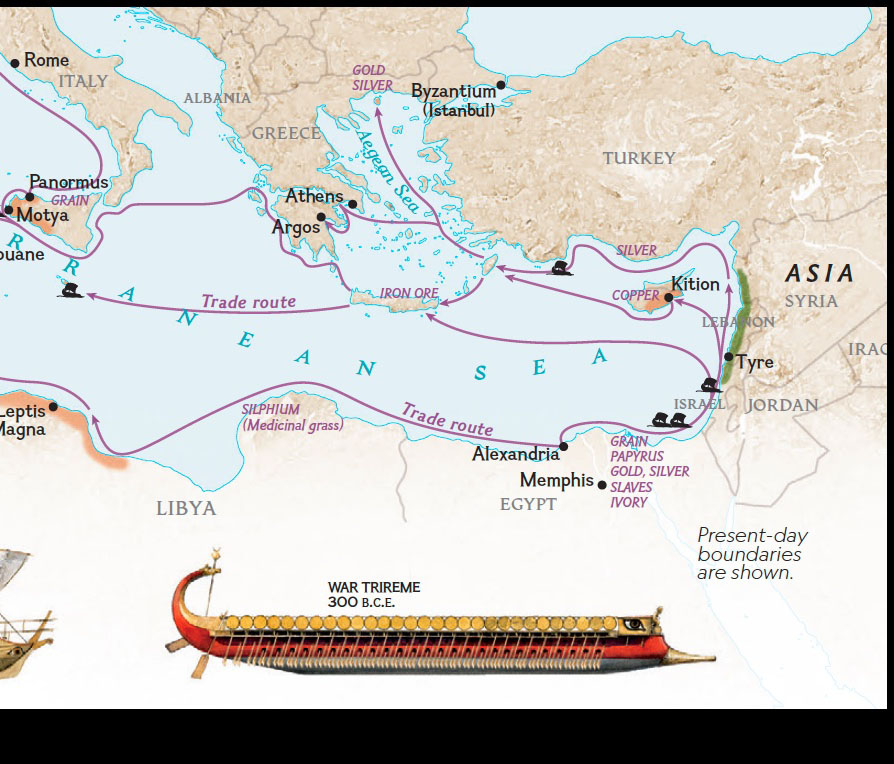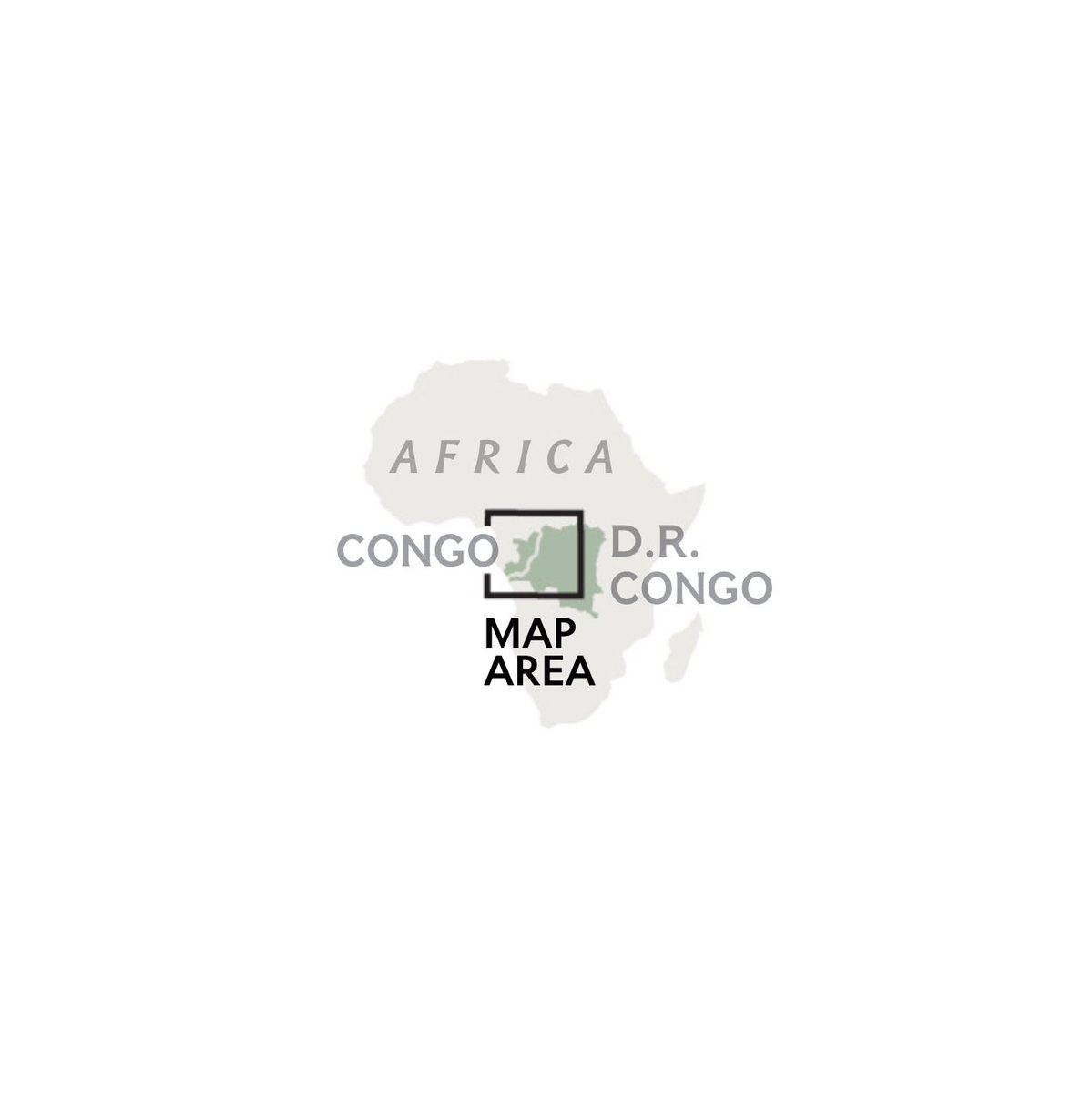
NatGeoMaps
@NatGeoMaps
Since 1915, National Geographic Maps has been responsible for illustrating the world around us through the art and science of mapmaking.
ID:33933023
http://www.natgeomaps.com 21-04-2009 15:15:23
3,6K Tweets
38,0K Followers
227 Following
Follow People


The September 2013 issue of National Geographic Magazine published these maps showing the world as it is now, but with all the ice on land melted and drained into the sea, raising it 216 feet and creating new shorelines for our continents and inland seas. on.natgeo.com/42WhnoY #sealevelrise #map
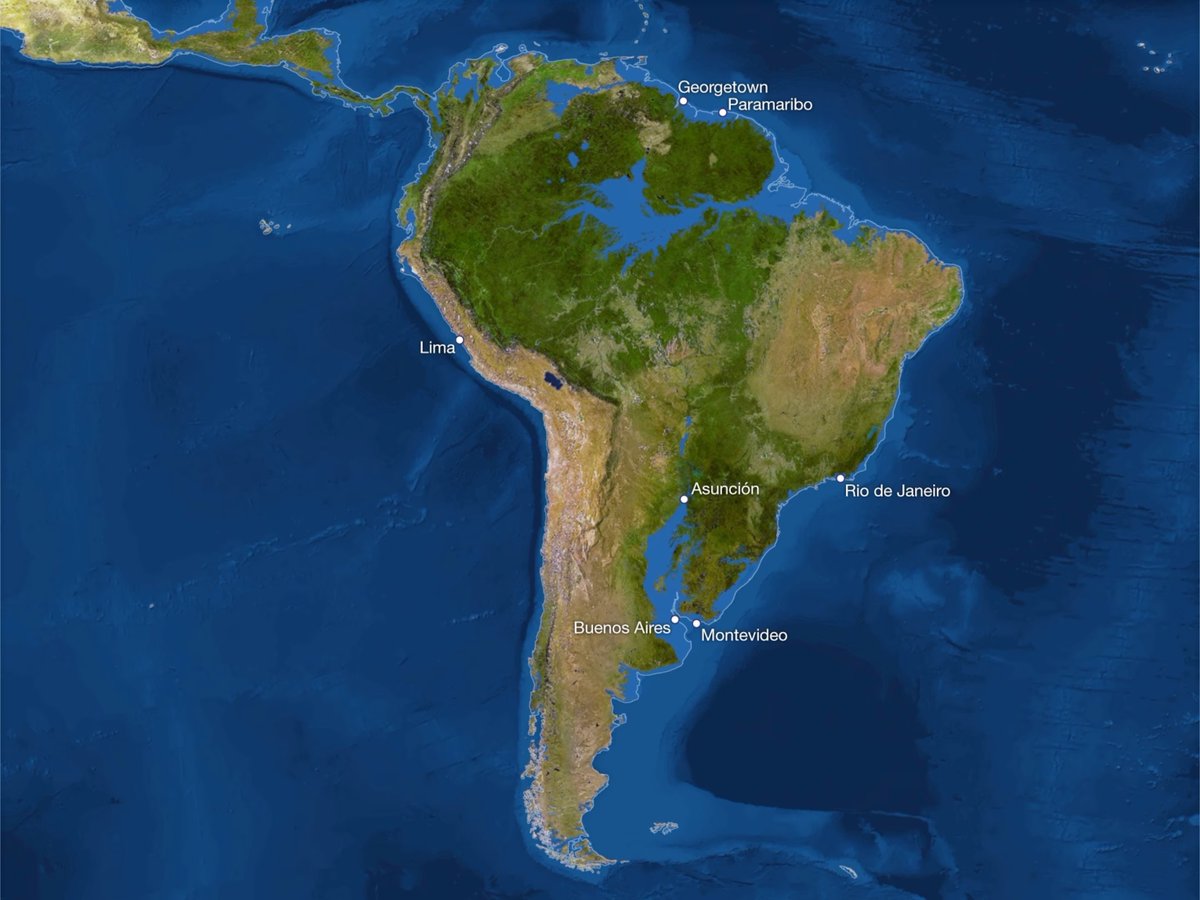

Cyclones usually form over warm ocean water in the tropics and subtropics. Lightning flashes are more likely to occur over land than water, and most often in the tropics. From the Nat Geo Books Family Reference Atlas on.natgeo.com/3WU7TZd #maps #hurricanes #cyclones #lightning


Published in January 1993, this illustrated map shows North America as it was 74 million years ago when Tyrannosaurs, Ceratopsians, and Sauropods roamed the region. #dinos aurs #dinos #paleontology #illustration #map #cartography #natgeo
Get the poster: on.natgeo.com/3NGKAjv



After almost four centuries of peace and prosperity under Rome, Britain faced an onslaught from pagan aggressors. Only Ireland was spared. Historians dispute their intent but agree on their identity—the Angles, the Saxons, and the Jutes—and that they came to stay. Nat Geo Books
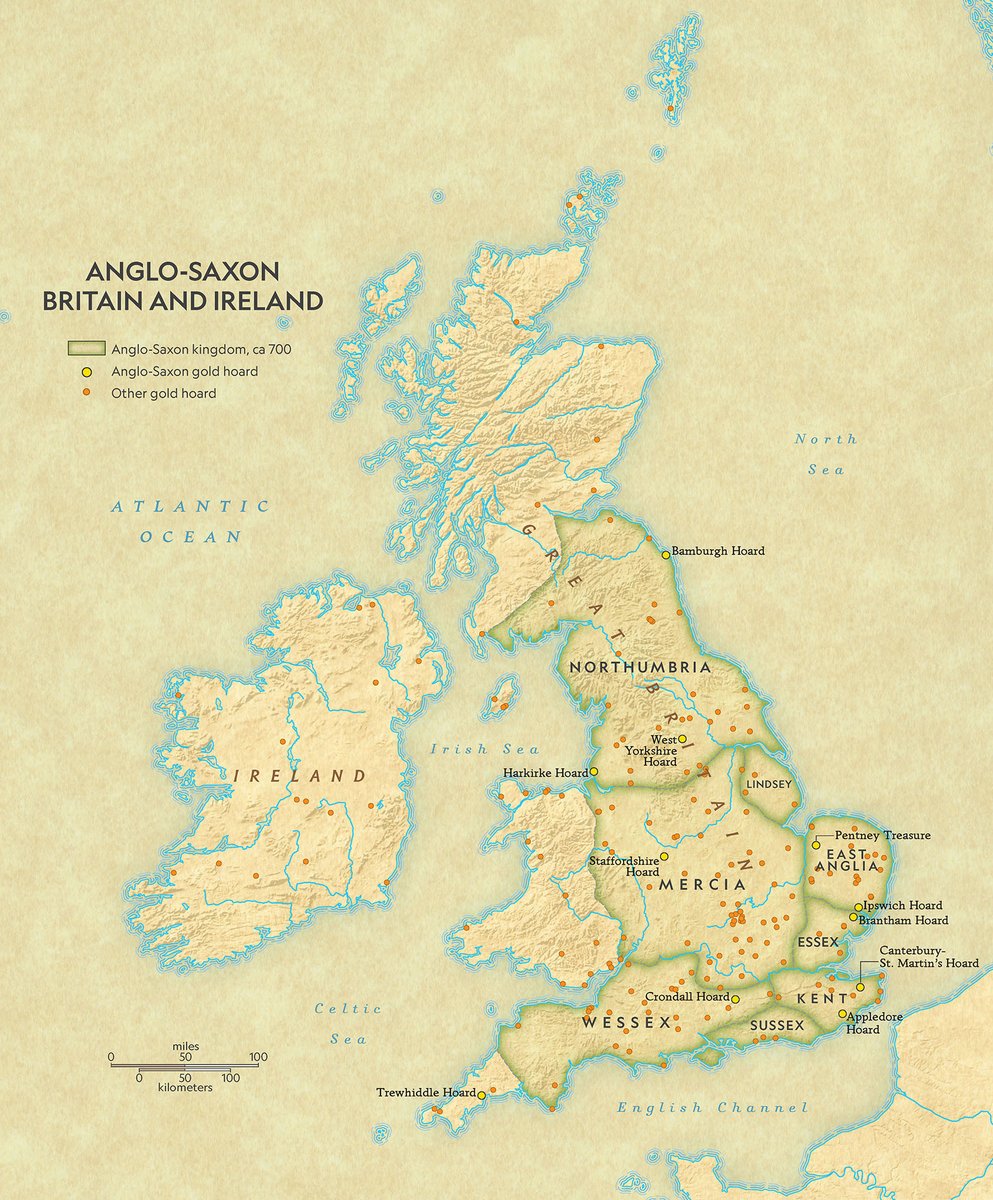

The first human settlers of the islands of New Zealand were the Maori from Polynesia. The names on our New Zealand map reflect this history with both English and Maori variants. #NewZealand #Maori #Map #Cartography #MiddleEarth #NatGeo
Get the map: on.natgeo.com/3qHTp3a
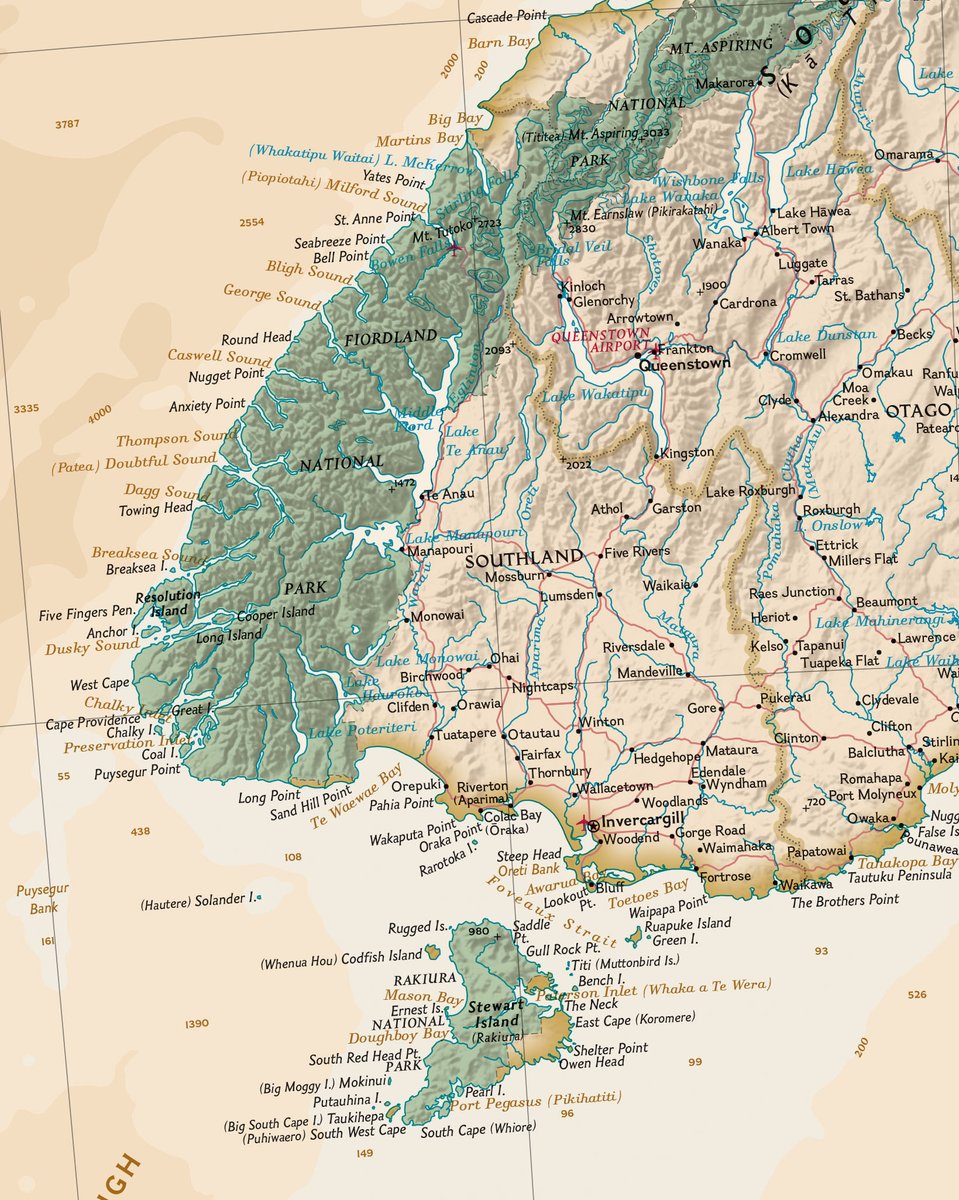



Hidden canyons and high meadows distinguish the Gila Wilderness, land once inhabited by the Apache. In 1924, the US Forest Service designated it as the world’s first “wilderness area,” where people could visit but must leave no permanent mark. From the June issue of National Geographic Magazine




Published in September 2007 as a National Geographic Magazine page map in the article 'Struggle for the Soul of Pakistan,' this map illustrated the geographic divide that contributes to the country's sociocultural and political divisions. on.natgeo.com/45L5Knr #pakistan #geography #history


Rounding out the weekend with the Continental Divide Trail to finish the 'Triple Crown of Hiking' series, available as a poster bundle for the long distance hikers in your life. Triple Crown boxed set: on.natgeo.com/3WKpFPf #NationalTrailsDay #AT #PCT #CDT #TripleCrownofHiking


Today is National Trails Day in the US. Long distance trails like the Pacific Crest Trail represent the ultimate manifestation of trail collaboration across local, state and national scales. PCT poster: on.natgeo.com/43liyzk #NationalTrailsDay #PacificCrestTrail @americanhiking
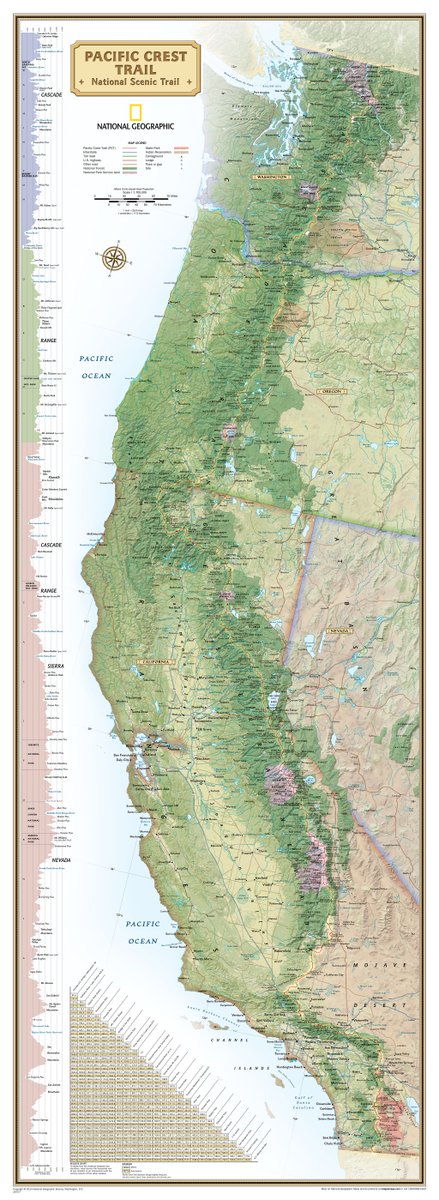

The first Saturday in June is National Trails Day. Long distance trails like the Appalachian Trail represent the ultimate manifestation of trail collaboration across local, state, and national scales. AT poster: on.natgeo.com/3WKmN51
#NationalTrailsDay #AppalachianTrail


The Ukraine conflict has origins in the Cold War and the imperial contests before it, and is drawing new global divisions after decades of relative stability. Get the map in the June
National Geographic Magazine. on.natgeo.com/3OJN01D
#ukraine #war #russia #map #cartography #natgeo #ukraine map


For centuries, competing empires have fought over the fertile plains and strategic waterways that make up modern #Ukraine . Independent since the 1991 breakup of the Soviet Union, it has been trying to reclaim territory seized by Russia in 2014. Get the map in the June National Geographic Magazine.


Kris Tompkins leads the visionary effort that she and her late husband began in the 90's to buy millions of acres in Chile and Argentina, then donate them to create new parks. National Geographic TV documentary Wild Life chronicles their effort. on.natgeo.com/3MW4SF9 on.natgeo.com/3IEEgWA
